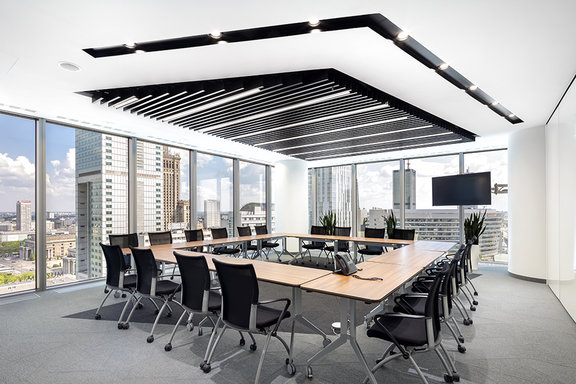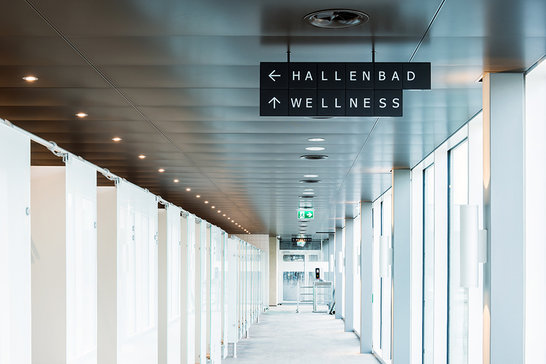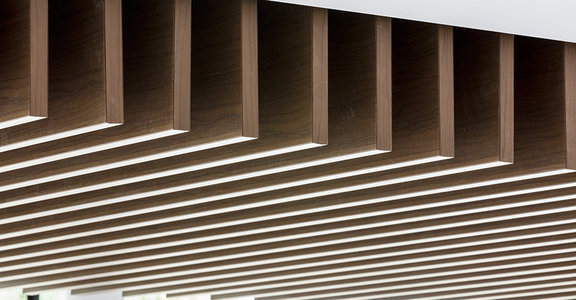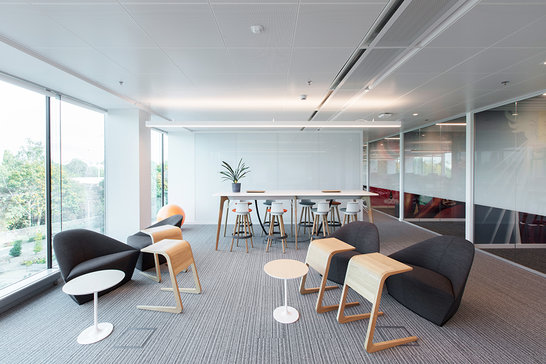
A New Dimension of Aesthetics
When was the last time you looked up and loved what you saw? Scan any architecture journal, and you’ll see articles on nearly every part of building design. Structure and vision; building envelope and brickwork; glass façade; clever use of light and space – yet the ceiling takes a relative back seat, as an often blank, overshadowed canvas.
Looking back
It wasn’t always this way. Look back at the great buildings of old – from the Sistine Chapel through to Washington D.C.’s Library of Congress; from the palaces of Venice to the UK’s Houses of Parliament – and you’ll see form meeting function with a flourish. Ancient builders used the ceiling to convey meaning – like the spherical, holed ceiling of Rome’s Pantheon – seeing their ceilings as everything from religious tributes to markers of wealth and power.
So, what happened? New technologies, new cost and usage demands, new regulations. As the world moved on, the ceiling became less feature, more function – until we arrive at today, where ceilings are simply spaces for light fittings and concealing structural work. But times change…

Looking forward
A greater choice of materials is inspiring architects to push boundaries and seek out styles that focus the eye on the ‘sixth surface’, and enhance spaces with light, shape and form. We’re entering the age of the ‘aesthetic ceiling’ – so, what might this look like?
Custom ceilings are making creativity commonplace. Driving this is the floating ceiling, enabling designers to use shape and distance to make the spaces above our heads more playful. That can be as simple as moving away from rectangular tiles to hexagons or circle canopies, or as complex as ‘feature ceilings’ in reception areas, or sloping ceilings that add depth and atmosphere to a room. Modern ceilings should blend invention with usability, form with function, inviting the eye without distracting it – creating friendlier, more accessible spaces.

Looking up
At Knauf Ceiling Solutions, our teams across Europe take this as our cue to help architects push for new possibilities.
Taking a big-picture view, however, the ceiling should indeed be seen as another canvas; a new dimension on which we can explore aesthetics that enhance the wider build. It’s just a matter of looking up.
